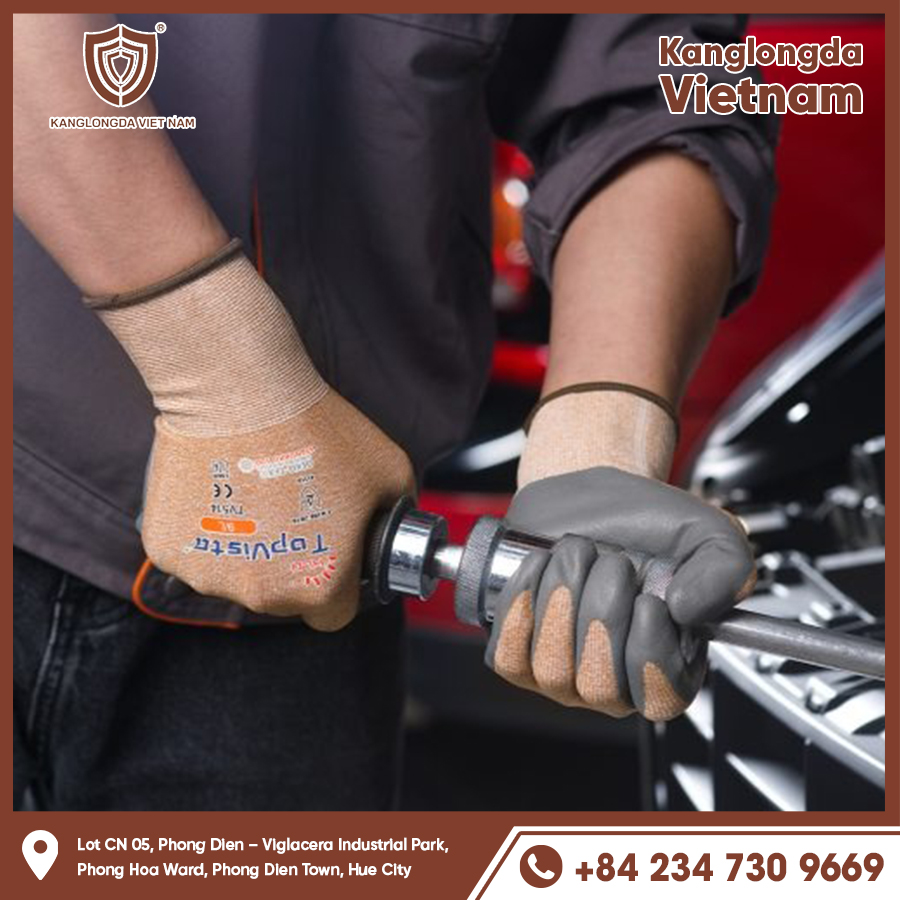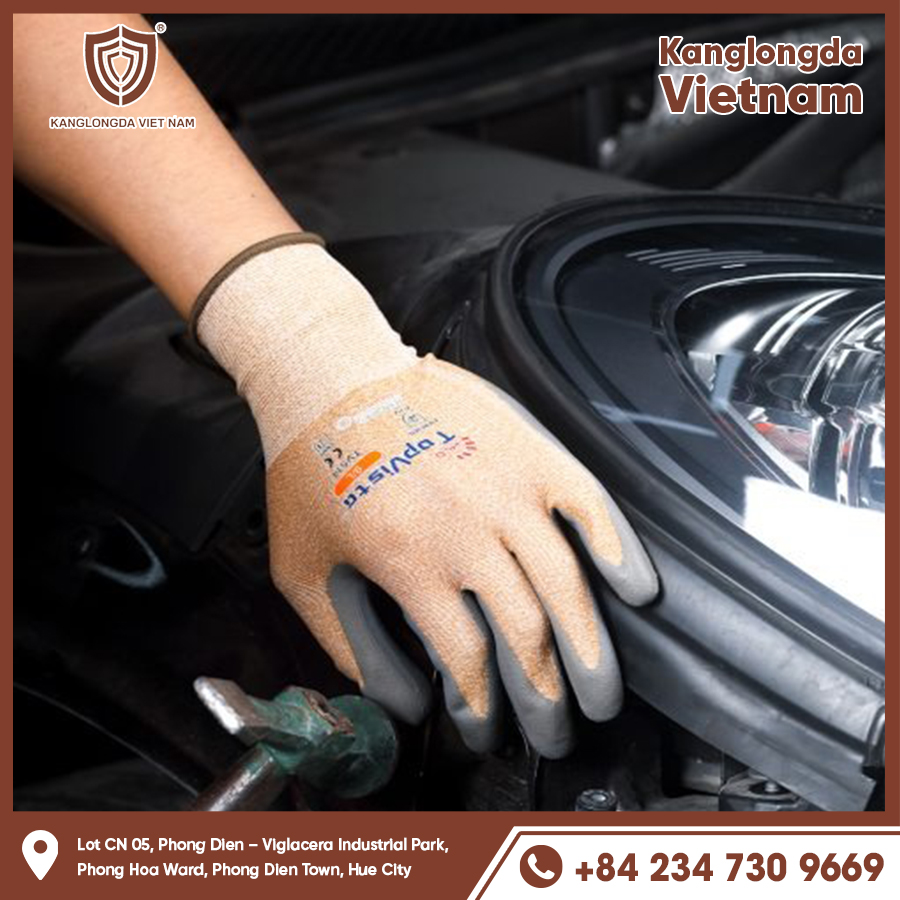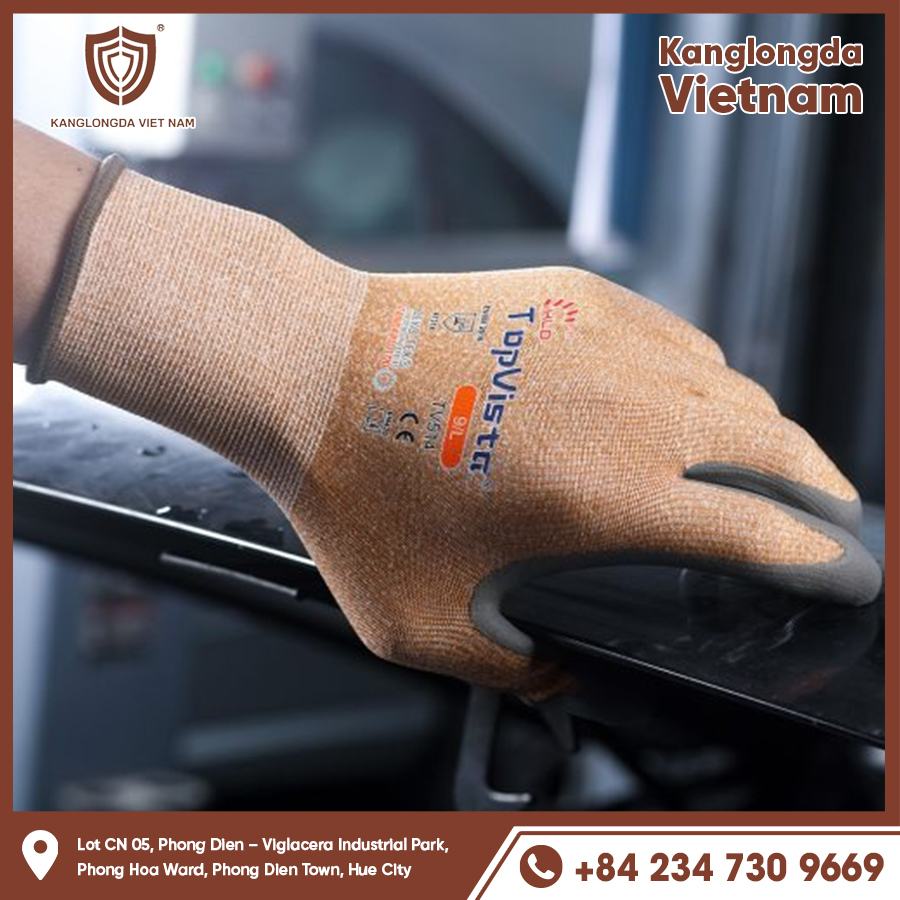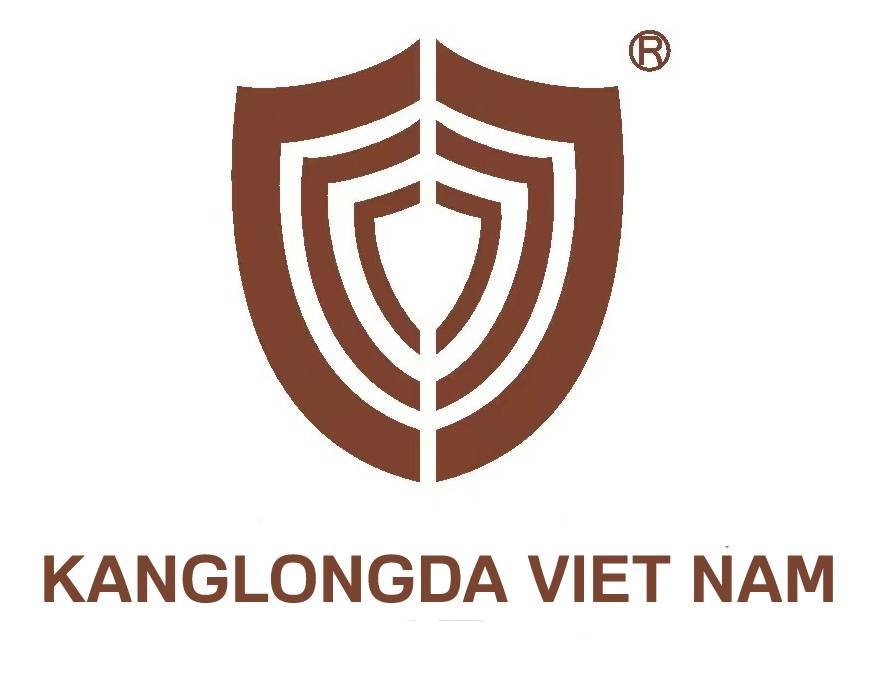Lace gloves have been a symbol of grace and refinement for centuries. These delicate accessories combine intricate craftsmanship with sophisticated style, making them a favorite choice for adding a touch of vintage or romantic elegance to any outfit. Whether worn during formal events, weddings, or fashion-forward occasions, gloves elevate the wearer’s look and exude a sense of timeless beauty. Their intricate patterns and lightweight fabric allow them to be both decorative and comfortable, striking a perfect balance between fashion and function. Today, lace gloves have experienced a resurgence in popularity as they complement both traditional and modern outfits, proving that this accessory is as relevant now as it was in the past.

Understanding Lace Gloves: History and Craftsmanship
The Origins of Lace Gloves
Lace gloves first became fashionable in Europe during the Renaissance and gained immense popularity during the Victorian and Edwardian eras. At that time, gloves were not only a fashion statement but also an indicator of social status and etiquette. Women of higher social classes wore gloves to show refinement and modesty, often commissioning custom pieces from skilled artisans. The delicate nature of lace made these gloves highly prized, as they required meticulous handiwork to produce. Over time, gloves became essential accessories for formal occasions, adding femininity and elegance to a lady’s ensemble.
Types of Lace Fabrics Used
Different types of lace create varied textures and visual appeal. Chantilly lace, characterized by fine, delicate floral patterns, is lightweight and sheer, perfect for creating elegant gloves that feel like a second skin. Alençon lace is known for its raised motifs outlined with a cordonnet thread, giving gloves a more textured and intricate appearance. Guipure lace, often heavier and featuring bold patterns without a net background, provides a striking and artistic look. The choice of lace fabric influences the glove’s breathability, flexibility, and durability, making it essential to choose a type that matches the occasion and desired style.
Techniques in Lace Making
Lace gloves can be produced through traditional handcrafting techniques or modern machine manufacturing. Handcrafted lace, created through needle lace or bobbin lace techniques, is valued for its unique patterns and the artisan’s attention to detail. Each pair made this way is often a work of art with slight variations, adding to their exclusivity. Machine-made gloves are more affordable and widely available, allowing more people to enjoy the elegance of lace. Advances in textile technology have improved machine lace’s quality, making it a popular choice without sacrificing too much of the delicate charm.
Styles of Lace Gloves for Different Occasions
Short Lace Gloves for Casual and Semi-Formal Wear
Short lace gloves that cover just past the wrist are versatile and understated. These gloves work well with cocktail dresses or smart casual attire, providing a subtle nod to vintage glamour. Their shorter length makes them practical for events like garden parties, afternoon teas, or even stylish daytime outings. Because they don’t interfere much with hand movement, short gloves are also comfortable for social events where you’ll be handling cups, plates, or accessories.
Elbow-Length Lace Gloves for Formal Events
Elbow-length gloves extend gracefully up the arm and are synonymous with formal elegance. These gloves are often paired with evening gowns and formal dresses at black-tie galas, charity balls, or weddings. Their dramatic length allows for elaborate lace patterns and embellishments, making them statement pieces. The extended length also allows them to complement sleeveless or off-the-shoulder dresses perfectly, creating a seamless, regal look. Elbow-length lae gloves transform an outfit from simple to spectacular and have long been favored by fashion icons and royalty alike.
Fingerless and Decorative Lace Gloves
Fingerless lace gloves offer a modern twist to traditional designs. By exposing the fingertips, these gloves maintain dexterity and ease of use while showcasing intricate lace details on the back of the hand. They are frequently adorned with decorative elements such as beads, sequins, ribbons, or embroidery, adding an artistic flair. This style suits creative environments, costume parties, or contemporary fashion settings where practicality and style intersect. Fingerless gloves are a favorite among performers, fashion enthusiasts, and those seeking to blend old-world charm with a modern edge.
How to Style Lace Gloves for a Modern Look
Pairing with Classic Dresses and Gowns
One of the most timeless ways to wear lace gloves is by pairing them with classic dresses or gowns. Choose gloves that complement the color and texture of your outfit—for instance, white or ivory gloves for bridal wear, or black gloves to enhance a little black dress. Matching the lace pattern subtly to the fabric texture creates harmony and polish. Whether attending a formal ball or a vintage-themed party, this approach highlights the gloves’ elegance while maintaining a cohesive style.
Combining with Contemporary Accessories
To create a fashion-forward look, mix lace gloves with modern accessories. Pairing delicate lace with edgy items such as leather jackets, chunky jewelry, or bold handbags can create a striking contrast that is both stylish and unexpected. This juxtaposition breathes new life into gloves, making them suitable for everyday wear and street style. Experimenting with layering and textures ensures your gloves become the focal point while still fitting seamlessly into your modern wardrobe.
Hair and Makeup to Complement Lace Gloves
Completing the lace glove look with appropriate hair and makeup is essential to achieving the desired effect. Soft hairstyles like loose curls, waves, or elegant chignons enhance the romantic, vintage vibe that lace gloves evoke. Makeup should ideally be subtle but polished, with neutral tones, soft eyeshadows, and a hint of blush. For more formal or dramatic occasions, a classic red lip or winged eyeliner can add sophistication and glamour, reinforcing the gloves’ timeless appeal.

Practical Uses and Functional Benefits
Bridal and Wedding Use
Lace gloves continue to be a popular choice for brides who want to add a touch of romantic nostalgia to their wedding day. They pair beautifully with lace wedding dresses, veils, and other traditional bridal accessories. Brides may opt for gloves with matching lace patterns or delicate embellishments like pearls or crystals. Beyond their beauty, gloves provide light coverage and modesty, fitting seamlessly into the ceremonial atmosphere of a wedding.
Costume and Themed Events
From Victorian or Gothic-inspired costumes to vintage-themed parties, lace gloves play a crucial role in completing period-accurate outfits. They add authenticity to historical reenactments, theatrical productions, and cosplay events. Their delicate nature can help differentiate a costume from everyday attire, adding an element of drama and detail that enhances the wearer’s character portrayal.
Everyday Fashion Statements
Though traditionally associated with special occasions, gloves can be incorporated into everyday fashion with the right styling. Lightweight, stretch gloves can be worn with casual outfits to add unexpected charm. Pairing lace gloves with denim jackets, casual dresses, or even tailored trousers can elevate simple looks, making them stand out in subtle, sophisticated ways. This trend allows fashion lovers to express individuality and vintage appreciation in their daily wear.
Caring for Your Lace Gloves
Cleaning Techniques for Delicate Fabrics
Lace gloves are delicate and require gentle cleaning methods. The best approach is to hand wash them in cold water using a mild detergent designed for delicate fabrics. Avoid scrubbing or twisting the lace to prevent damage. Rinse thoroughly and gently press out excess water with a towel. Avoid machine washing or drying as this can cause shrinking or tearing.
Proper Storage to Prevent Damage
To maintain the beauty of lace gloves, proper storage is vital. Store them flat, preferably wrapped in acid-free tissue paper, inside a cool and dry place. Avoid folding them harshly or placing heavy items on top, which can crush or distort the lace. Keeping them in a breathable fabric pouch or box also protects them from dust and light exposure, which can weaken fabric fibers over time.
Repairing Small Tears and Snags
Minor damages like snags or small tears can often be fixed at home with patience. Using a fine needle, gently tuck loose threads back into the lace pattern. If the damage is more severe, seeking help from a professional specializing in lace repair or textile restoration ensures that your gloves are preserved without compromising their appearance. Early repair prevents further unraveling, extending the glove’s lifespan.
Choosing the Perfect Pair of Lace Gloves
Matching to Your Outfit and Event
Selecting the right lace gloves involves considering the nature of the event and your outfit. For casual or daytime events, opt for shorter, simpler designs with minimal embellishments. For formal or ceremonial occasions, longer gloves with intricate patterns and added details are more appropriate. Color coordination is also crucial—neutral tones like white, cream, and black remain versatile, but don’t hesitate to experiment with soft pastels or bold hues if the occasion allows.
Selecting the Right Fit and Comfort
Lace gloves should fit snugly to avoid slipping while ensuring comfort. A pair that’s too tight can restrict movement and cause discomfort, whereas gloves that are too loose may look sloppy and slide off. Many gloves incorporate elasticized wrists or adjustable closures to enhance fit. Measuring your hand accurately before purchasing can save you from sizing mishaps.
Considering Color and Patterns
Though black and white lace gloves are classic, the market offers an array of colors to suit different tastes. Ivory and cream provide softer alternatives to stark white, while pastel shades like blush or lavender can complement spring and summer outfits. Patterns vary widely, from delicate florals to geometric shapes, allowing you to express your personality and match specific themes or moods.
Sustainability and Ethical Considerations
Eco-Friendly Lace Alternatives
As fashion embraces sustainability, some manufacturers now produce lace gloves from organic cotton or recycled fibers. These eco-conscious materials minimize environmental impact without sacrificing style or comfort, offering an ethical choice for the modern consumer.
Supporting Artisanal Craftsmanship
Purchasing handmade lace gloves supports skilled artisans who preserve traditional lace-making techniques. This helps sustain cultural heritage and promotes fair labor practices, ensuring your gloves are not only beautiful but ethically produced.
Longevity and Reuse in Fashion
Investing in durable lace gloves and caring for them properly ensures they can be reused for many years. Vintage and secondhand gloves are also gaining popularity as sustainable fashion options, allowing you to own unique pieces with history and character.

Lace gloves are more than just accessories—they are expressions of artistry, tradition, and elegance. Their delicate patterns, rich history, and versatile styles allow them to enhance any outfit, from casual chic to formal grandeur. By understanding their origins, styling options, and care, you can confidently incorporate lace gloves into your wardrobe as a timeless statement piece that never goes out of fashion.






